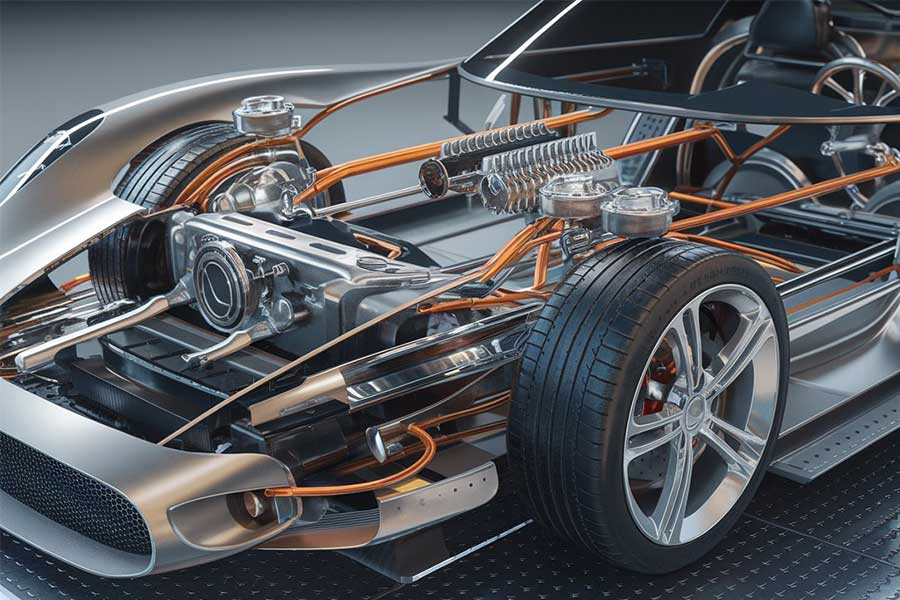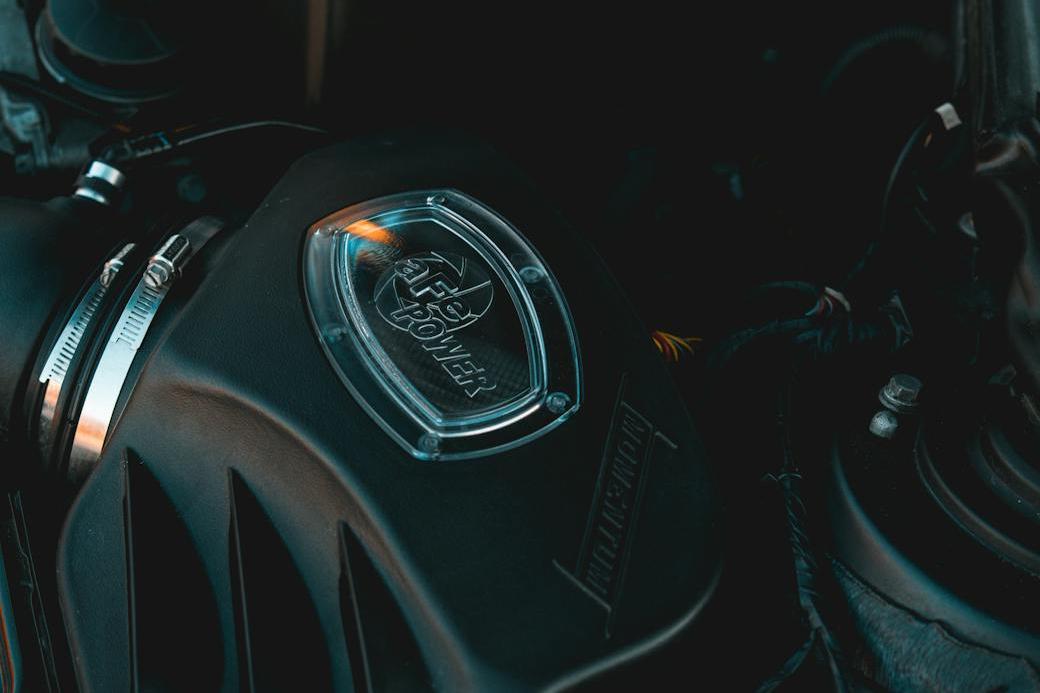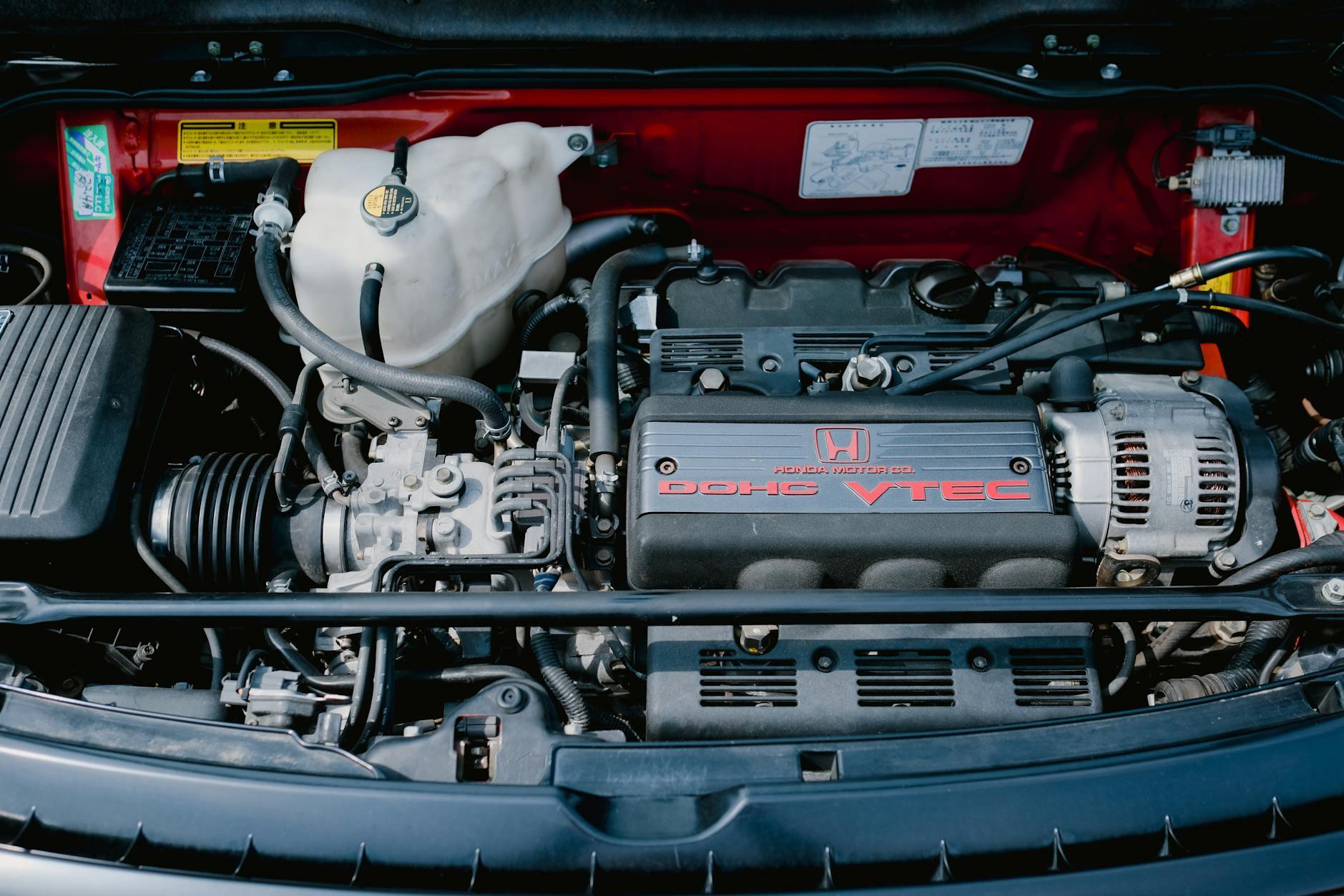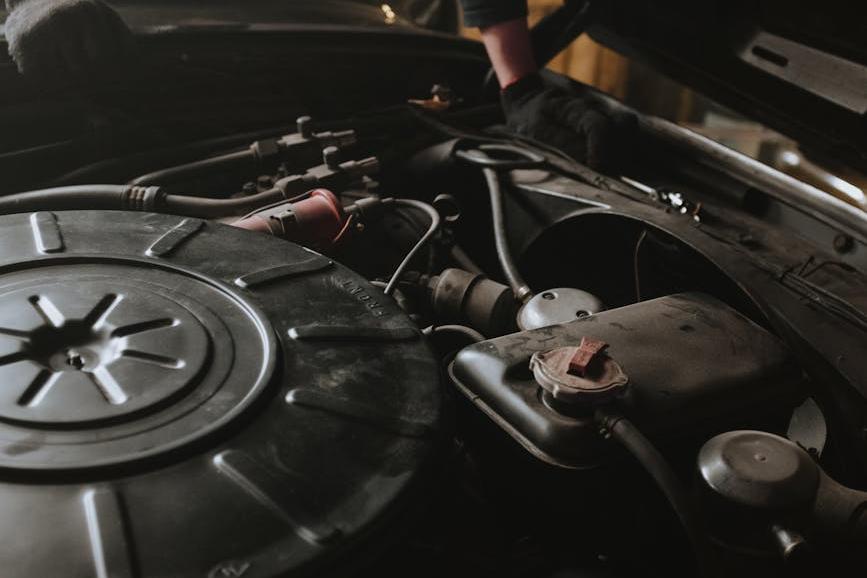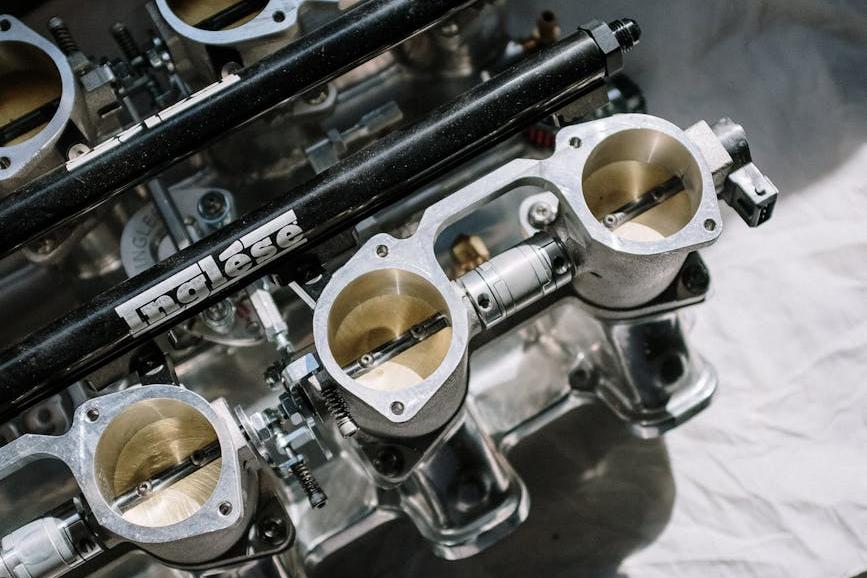- Shanghai Zhongshen International Trade Co., Ltd. - Two decades of trade agency expertise.
- Service Hotline: 139 1787 2118
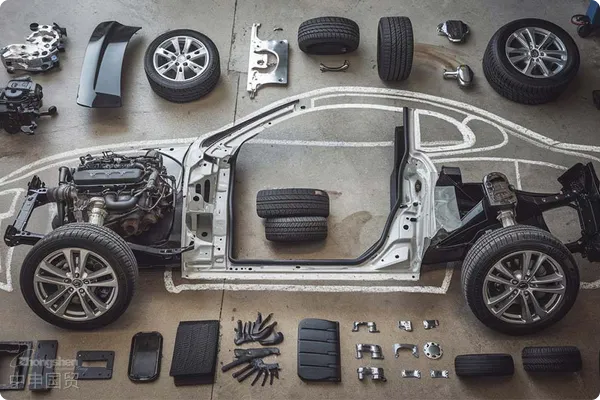
Introduction
With the deep integration of the global automotive industry chain, Southeast Asia has gradually become a globalAutomotive partssupply chain hub due to its cost advantages, manufacturing base, and policy benefits. For Chinese importers, Southeast Asia auto parts import business presents both opportunities and complex trade rules, logistics, and compliance challenges. Based on 20 years offoreign tradeagency service experience, this article provides an in-depth analysis of key processes in Southeast Asia auto parts imports, offering professional solutions for enterprises.
Characteristics and Advantages of Southeast Asia Auto Parts Market
1.Clear regional industrial division of labor
- Thailand: Concentration of Japanese automakers with clustered production capacity for core components like engines and transmissions, featuring mature supply chains.
- Vietnam: Significant cost advantages in labor-intensive parts (wiring harnesses, plastic components), serving as OEM bases for European and American brands.
- Indonesia: Well-established metal processing and rubber product industrial chains, ideal for sourcing chassis components and sealing parts.
2.Policy-driven trade growth
- After the implementation of RCEP (Regional Comprehensive Economic Partnership Agreement), tariff reductions covering over 90% of auto parts categories between Southeast Asia and China have taken effect, with customs clearance efficiency improved by 20%-30%.
- Some countries (e.g., Malaysia, Philippines) have established Automotive Industry Special Zones for foreign investors, offering tax incentives and export subsidies.
3.Supply chain risks and countermeasures
- Quality fluctuations: Varying craftsmanship levels among small and medium factories necessitate strengthened third-party inspections (e.g., SGS, TüV).
- Delivery management: Frequent issues like Southeast Asian monsoon seasons and port congestion require 10-15 days of logistics buffer time.
II. Comprehensive Analysis of Southeast Asian Auto Parts Import Process
1.Preparatory phase: Supplier screening and compliance review
- Qualification verification: Require suppliers to provide ISO/TS 16949 certification,It is recommended to verify through the following methods:Certificate of Origin (COO), and environmental compliance documents (e.g., REACH).
- Trade Terms Negotiation: Prioritize FOB or CIF terms to mitigateMaritime Transportationrisks; establish clear quality dispute resolution mechanisms.
2.Core logistics and customs clearance procedures
- Selection of transportation methods:
- Small batches/urgent shipments:Air Transportation(Singapore and Bangkok hubs with 3-5 day lead time);
- Bulk cargo: Sea freight (with Laem Chabang Port in Thailand and Haiphong Port in Vietnam as main ports of loading, taking 15-25 days total).
- Key Points of Customs Clearance:
- Classify HS codes correctly (e.g., 8708 series for auto parts) to avoid port delays or fines due to misclassification;
- Apply for China CCC certification in advance (mandatory for certain electronic and safety-related components).
3.Tax optimization strategies
- Utilize RCEPs cumulative rules of origin to integrate parts manufactured with raw materials from multiple Southeast Asian countries, enjoying lower tariffs.
- Declare reasonable customs values to avoid customs valuation risks (recommend retaining purchase contracts and payment records as evidence).
III.Import RepresentationThe key value of services
1.Data - Driven Decision - Making
- Supplier background check: Conduct on-site factory audits through localized teams to verify production capacity, credit history, and environmental compliance.
- Logistics tracking system: Real-time cargo monitoring to address unexpected situations like port strikes or route adjustments in Southeast Asia.
2.Cost Control and Efficiency Improvement
- Integrate Southeast Asian port resources, optimize LCL (Less than Container Load) solutions, and reduce logistics costs for small and medium orders by 15%-20%.
- Pre-classify HS codes and pre-review documents to shorten customs clearance time to within 48 hours.
3.After-sales Dispute Resolution
- Collaborate with Southeast Asian law firms to handle quality claims and intellectual property disputes, minimizing buyer losses.
Practical Case Sharing
1.Successful Cases: A certainNew energyAutomotive Company Importing Battery Packs from Thailand
- Challenges: Thailand has strict export controls on batteries, requiring an export license (EHA) application.
- Solutions: The agency team coordinated with Thailands Ministry of Industry (MOI) to complete document approval and reduced the overall cost by 12% through China-Laos railway intermodal transport.
2.Lessons from Failures: A Company Importing Brake Pads from Vietnam Independently
- Problem: Failed to verify the suppliers environmental qualifications, resulting in return shipment due to excessive heavy metal content upon arrival, with losses exceeding 500,000 RMB.
- Key takeaway: Professional agencys compliance review is indispensable.
V. Future Trends and Suggestions
1.Electrification and Intelligent Transformation
- Focus on Thailands 30/30 Policy (30% new energy vehicles by 2030) and Indonesias nickel resource-driven battery industry chain opportunities.
2.Regional Supply Chain Integration
- Recommend companies to adopt the ASEAN Factory + China R&D model, leveraging regional tariff preferences to build a flexible supply chain.
3.Application of Digital Tools
- Adopt blockchain traceability technology (such as IBM TradeLens) to track the entire lifecycle of components and enhance supply chain transparency.
Conclusion
Southeast Asian auto parts import business has enormous potential, but the key to success lies in professional risk control, localized resource integration, and precise policy understanding. Choosing an experienced import agency service provider can help companies efficiently overcome supply chain bottlenecks and quickly seize market opportunities.
For further consultation on Southeast Asian auto parts import solutions, please contact our professional team for customized services.
Related Recommendations
? 2025. All Rights Reserved. Shanghai ICP No. 2023007705-2  PSB Record: Shanghai No.31011502009912
PSB Record: Shanghai No.31011502009912
